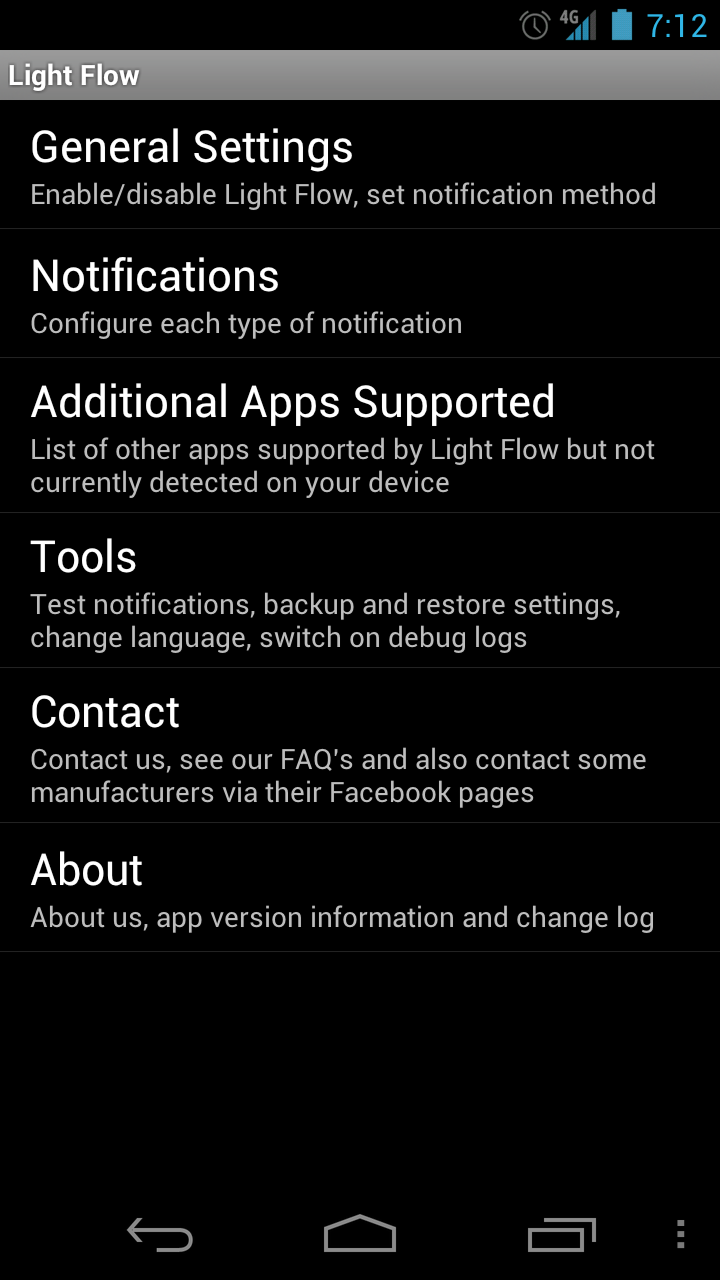
NEXUS 9 NOTIFICATION LIGHT SOFTWARE
It’s the software the Nexus 9 is really here to show off. So far, so ordinary: we ‘ ve seen better screen performance from both the iPad Air 2 and the Samsung Galaxy Tab S tablets. READ MORE: Samsung Galaxy Tab S 10.5 review
NEXUS 9 NOTIFICATION LIGHT ANDROID
It is fairly minor, but is another little negative to jot down if you’re after the ultimate Android tablet. You should get used to it, but those with display OCD may find it distracting. It exhibits as a tiny strip of brightness at the top of the screen. There’s also some pretty clear leakage from the backlight, particularly clear at the top of the Nexus 9. First, this is an LCD and its black levels aren’t close to what you get from an OLED tablet such as the Samsung Galaxy Tab S 8.4.

However, purists will notice a few little issues. The strong colour reproduction melded with the high resolution, bright backlight and very immediate image give the display plenty of pop. Just like the Nexus 7 before it, the Nexus 9 uses an IPS LCD screen, the same tech found in the iPad Air 2. Get your eyeball up to the display and you can see a teeny bit of fizziness, but we’re calling it: this resolution is enough. It offers oodles of pixels, 2048 x 1536 to be exact (just like the Samsung Galaxy Tab S 10.5), and it’s enough to make everything on the 8.9in screen look as sharp as any rival. The Nexus 9 screen just begs for games and films, too. You can obviously bolster this with cloud storage from Google Drive or Dropbox, but it’s not really the same thing. The Nexus 9, on the other hand, maxes out at 32GB.Ĭasual users may well get by with the standard 16GB, but with only 10GB of it actually available to use once you factor in the OS, it’s soon gone if you load up a few games and movies. Of course, iPads have never had memory card slots, either – but the iPad Air 2 is available in 64GB and 128GB versions if you’re the type that values on-board storage. However, Google has deliberately limited you in one quite annoying way. The size, the shape, the handling: we have no serious complaints. But the front is Gorilla Glass 3 and the band of metal around the sides gives you some confidence that HTC – this tablet’s maker – hasn’t scrimped entirely on the essentials. The plastic (in black, white or sandy beige) flexes a little in parts, and the volume controls feel a bit, well, naff.

The Nexus might lack some of the gloss of an iPad Air 2 but build quality is more than reasonable. In short, the Nexus 9 makes it pretty obvious why 10in widescreen tablets were never all that popular. The Nexus 9 feels right, and is just about light enough to use one-handed while reading an article on the train on the way to work. It’s not just about the looks either, but how its weighting sits in your mitt. Switch between this and the Nexus 10 and the older tablet just seems a bit, well, silly. The 4:3 aspect is so much better suited to an 8in-plus tablet than the widescreen styles that used to be the Android norm. That slight lack of initial impact is quickly forgotten when you start using the Nexus 9, though. It is thin and it is light, it just doesn’t showcase it in the same way the 6.1mm-thick iPad Air 2 does. The Nexus 9 is 7.9mm thick and weighs just 425g in its Wi-Fi only incarnation. That we can be so blasé about a tablet this thin and light tells you about how far we’ve come, though. You get the feeling Google cares a little more about what happens when you switch the screen on than what it feels like. Good-looking? Sure, but it doesn’t give the hard, expensive impression of the iPad Air 2, or offer the jaw-dropping thin-n-lightness of the Samsung Galaxy Tab S 8.4. The back is plastic, and has the sort of minimalist design a swedish furniture maker might come up with. Like the good old Nexus 7, it’s more practical than luxurious.

All the while, the durable rubber tip and smooth glide feel of the Presentation Capacitive Stylus will have you rethinking using your finger as your touch screen tool of choice.There’s plenty of praise to come for the Nexus 9, but it’s not a tablet that sets out to wow you with its hardware design. The Presentation Capacitive Stylus still maintains the praised, "palm of your hand" fit that made the Capacitive Stylus such a hit. The Presentation Capacitive Stylus combines BoxWave's top rated Capacitive Stylus design with two key presentation tools: a laser pointer and LED reading light.

Already known as a leader in innovation, as recognized by our highly praised Capacitive Stylus, Capacitive Styra, and ClearTouch products, BoxWave is proud to continue that line of excellence with our Presentation Capacitive Stylus.


 0 kommentar(er)
0 kommentar(er)
